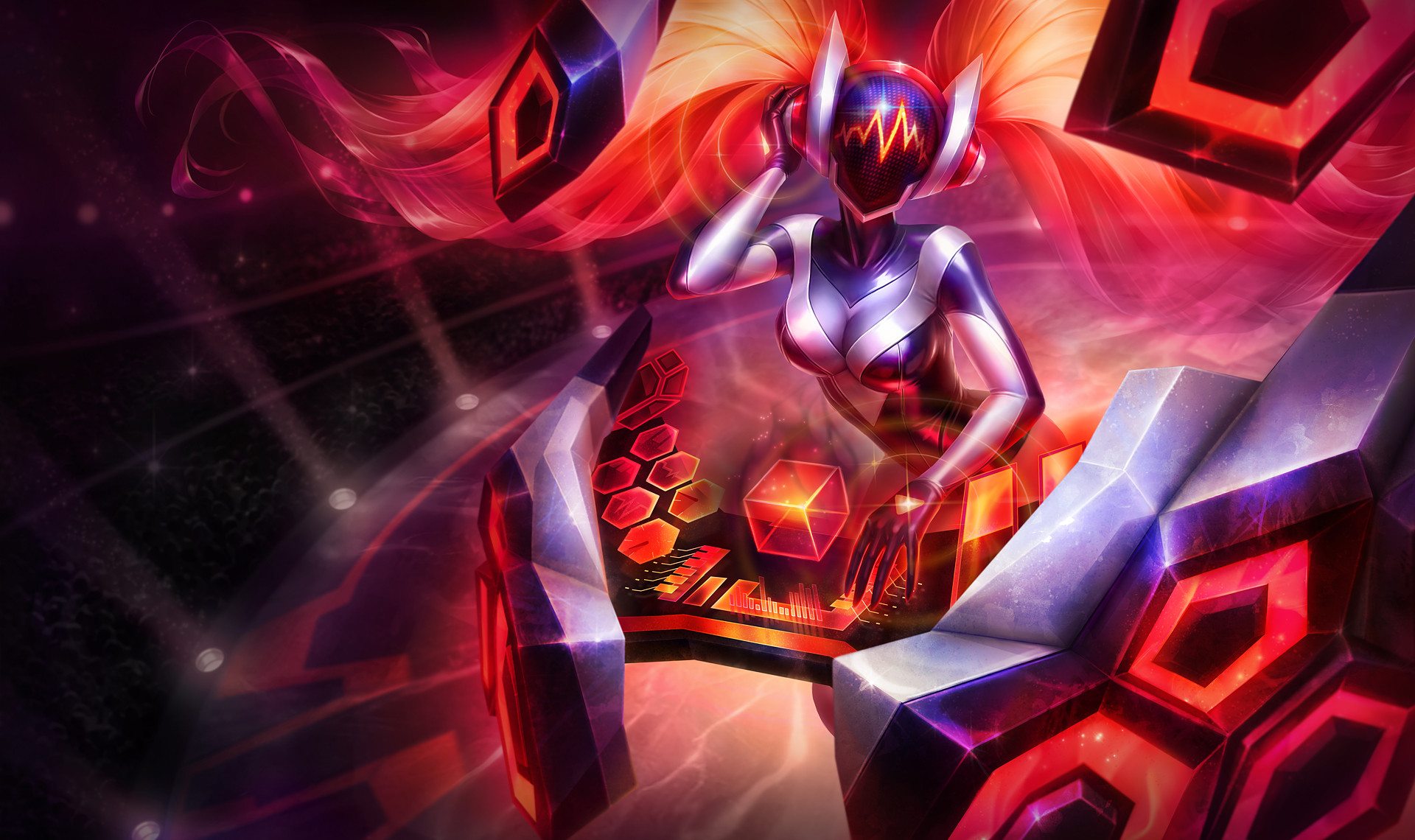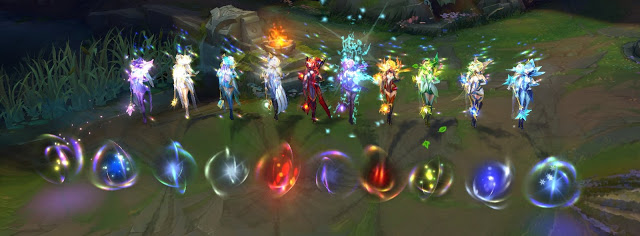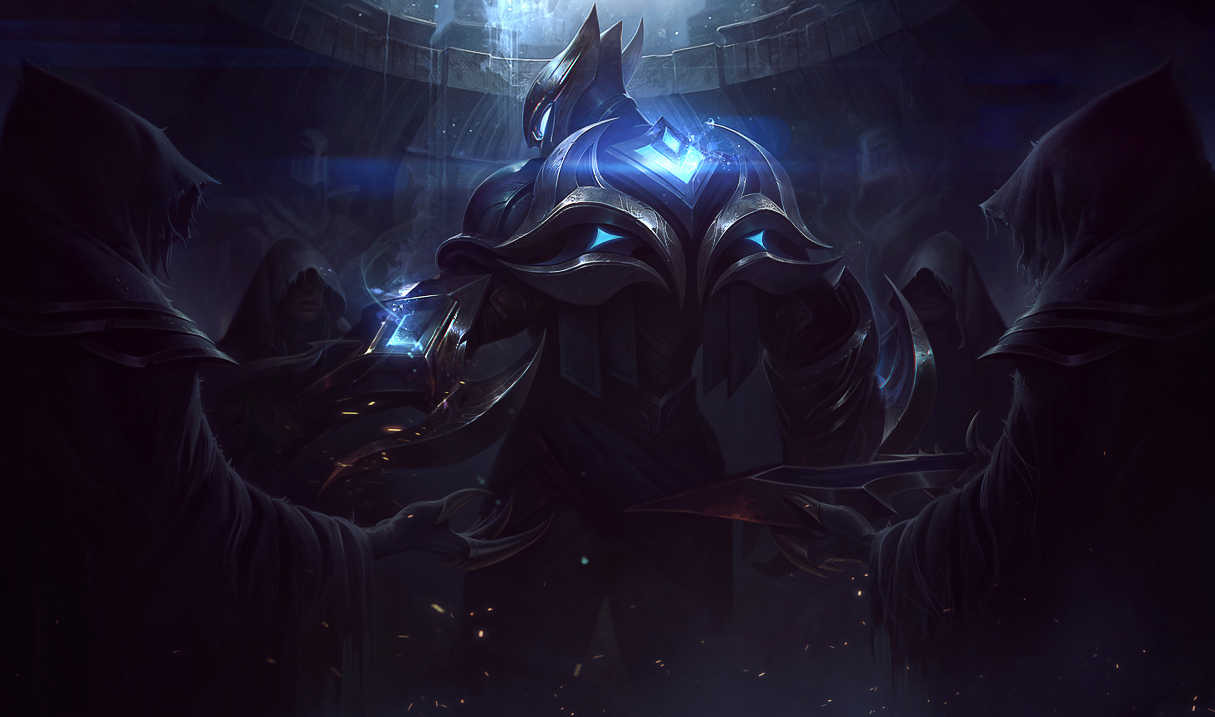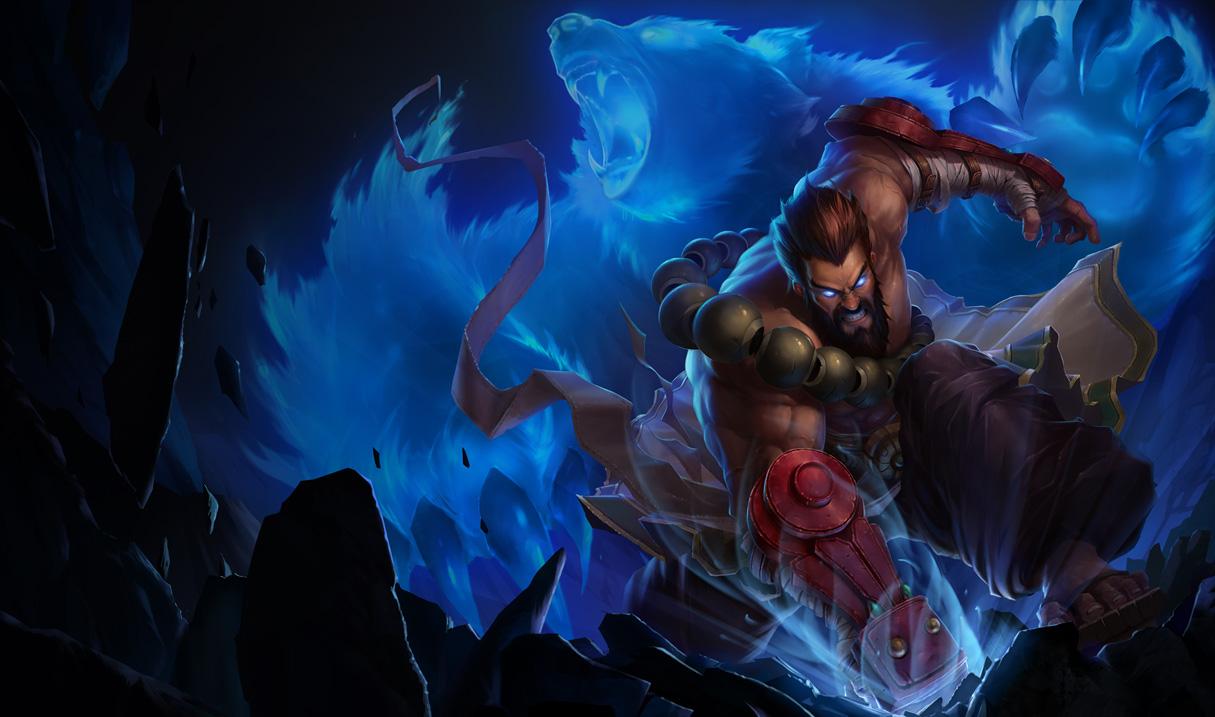League of Legends' new skin demonstrates how Riot can use microtransactions for good
They've built an empire: time to do something positive with it.

Who among us hasn’t, in our weakest moment, looked at the online store for our game of choice? Who can truly say they haven’t felt their hand tremble towards the button that’ll allow them to load their virtual wallet up with fictional funbucks? Nearly every major game of note does it: Overwatch offers crates stuffed with goodies like sprays and skins, games like Clash Royale are built off of a microtransaction economy, and League of Legends is no exception. While the game itself is free to play, it’s funded itself with microtransactions since day one. The newest reveal to the skin roster is Elementalist Lux, an Ultimate skin that costs $25 USD.

We’ve seen Ultimate skins before: Pulsefire Ezreal, Spirit Guard Udyr, and DJ Sona are also at this price point. Elementalist Lux may be the fourth one in the lineup, but she comes at an interesting time. Not only are esports themed skins starting to contribute to the pro economy, with the Championship, Challenger, and team-themed skin sales going to winning teams, but the amount that they’re adding to the prize pools show just how successful skins are for Riot. Most companies are cursed for their aesthetic, paid unlocks, but Riot manages to build hype and community good will with them. What’s the secret?
Aesthetic appeal
While there’s a lot of anger towards DLC, players are usually happy to buy it up. The infamous Oblivion horse armor drew an enormous outcry from the Internet, with fans calling it a blatant cash grab While there was a controversy, players still pulled their wallets out and paid for the horse armor regardless. The DLC experiment was so successful that it made aesthetic changes and upgrades packaged as DLC a standard part of the gaming experience, for better or for worse. In 2016, it’s expected that a game will have a dolly dress up element.

League took a risk by forging ahead as a free to play game. While free to play is the standard now, it wasn’t so at the launch; one of League’s biggest competitors at the time was Heroes of Newerth, which was a pay to play game. League won out, and their financial model was one thing that allowed them to succeed. The truth is, inside every hardened gamer who yearns to go pro is a smaller, grabbier gamer who wants nothing more than to look as fabulous as possible. Skins make financial sense, and even Ultimates will sell at that $25 price tag.
Effort is essential
While League players are willing to fork out the money, they do have standards. ‘Low effort’ skins usually receive their scorn, or at least a healthy dose of feedback. Are the particles changed to match the skin’s new color? Is the fantasy fulfilled to its core? Just dressing a champion up isn’t enough. Fans want the concept to be pushed to the extreme. If they’re a cop, can they throw out cuffs or have an alarm going off? Are the colors on a PROJECT skin bright enough? How much flare does the recall have?
While there’s the occasional flub, like the first round of the SKT skins before Riot took them back to the shop following fan outcry, Riot generally delivers in this department. Elementalist Lux took a year of active development, and it’s easy to see why: she has 25 lines of voice over, ten forms, a minigame where you evolve her from a starting point into a unique elemental combination, and spell animations for each form.
Sure, Elementalist Lux is a microtransaction, but it’s not lazy or a cash-in by any stretch of the imagination. It says something about the strength of League of Legends that they can charge such a price for a skin on a yearly basis and still come out ahead.
The biggest gaming news, reviews and hardware deals
Keep up to date with the most important stories and the best deals, as picked by the PC Gamer team.

Unlocking new avenues
It’s one thing to be impressed at a company managing to make microtransactions work, and it's another thing altogether to realize what skins can do for League. The first avenue that skins unlock is obvious, as it’s one that Riot has been pursuing for some time: testing the waters for new IPs. The PROJECT skins, and the entire robotic universe, are all screaming for their own spinoffs. As initiatives like the Mechs Vs. Minions board game shows, Riot is already poised to expand League from just a game into a lifestyle product that covers multiple forms of media. Skins are a way to build interest in these alternate branches of the franchise, while profiting off the initial interest.
Speaking of profit, sharing the sales of skins with esports is proving to be a huge move already. The prize pool for 2016’s Worlds was over five million dollars, and over half of that cash came from profit sharing. The Championship Zed and Championship Ward skins each had 25% of their proceeds added to the prize pool, and the result was astounding. Consider that 25% is a pretty marginal contribution, and it was only on one skin at the $10 price point. Imagine how much fan contributions could help esports grow in the future. If you thought selling out the Air Canada Center and Madison Square Gardens was the peak, there may be more growth to come, all based off of Riot’s skin sales.
On one hand, it feels fluffy to discuss the new Lux skin. There are always stories going on in esports that seem to demand more attention, and skins are ultimately a cosmetic unlock that we pay for, not a benevolent gift from Riot. On the other hand, Riot has managed to build a massive empire off of a microtransaction based game, and it’s a feat that has changed the economy of many popular games. Elementalist Lux is important because it shows how far Riot has come—especially when you compare it with Pulsefire Ezreal! More importantly, skin sales and the demand for these unlocks show the complete dominance Riot has over the market. If they continue to use this power for good, like contributing to prize pools, it’ll be remarkable to see how esports grow and evolve as a result.

